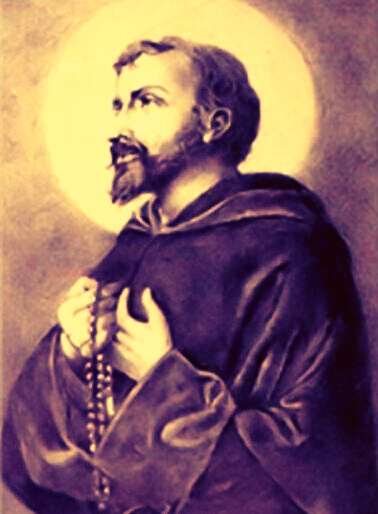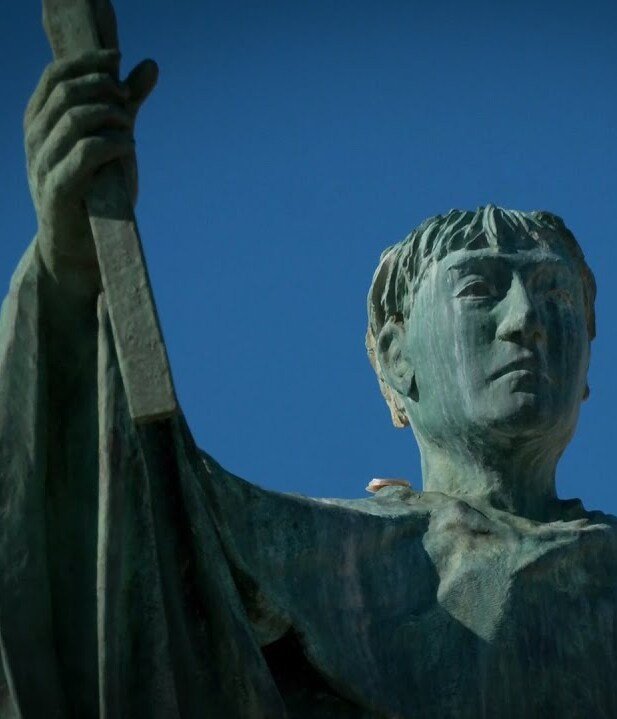Blessed Clement of Osimo and Augustine of Tarano
Priests
Today we honor the memory of two friars who were associated by their work for the good of the Augustinian Order at its origins, but also by their love for the interior life of prayer and contemplation.
They both served the Order as Prior General and were instrumental in directing and stabilizing the Order shortly after its birth. At the same time, they excelled in the virtue of humility and were held in high regard by their confreres for their holiness.
Clement was born at the very beginning of the 13th Century in the Italian region known as The Marches of Ancona. As a youth he joined the Hermits of Brettino, one of the congregations which later came to form the Order of Saint Augustine in 1256. Subsequent to the Grand Union he was elected Prior Provincial in 1269 and Prior General in 1271, distinguished for his spirit of fraternal charity, poverty and patience. He resigned from the generalate in 1274 to live a more contemplative life.
In 1284, however, we was unanimously elected Prior General once again, and was re-elected twice more thereafter. He strongly promoted studies among the friars, insisted on religious observance, called for the provision of libraries and archives in monasteries and founded convents of Augustinian Nuns. Clement died on April 8, 1291. His remains are preserved in the chapel of the Order's General Curia in Rome. His cult was confirmed by Pope Clement XIII in 1759.
Augustine Novello was born at Tarano (Rieti), Italy, around 1240 and at baptism was given the name Matthew. In his youth he studied law at the University of Bologna and worked in the chancery of the Kingdom of Sicily at the court of King Manfred. In the Battle of Benevento in 1266, the king was killed and Augustine was wounded. This became the occasion for a change of life for the promising lawyer, who then left Sicily to enter the Augustinian hermitage of Rosia near Siena as a lay brother, taking the name Augustine and concealing his education and background from the community.
Later, when a property dispute arose between the friars and the bishop, Augustine drew up a defense of the community's position and his true identity became known. He was then called to Rome by Prior General Clement of Osimo and ordained priest. He was put to work on the formulation of the Order's Constitutions and named penitentiary in the Roman Curia. He was elected Prior General in 1298 but resigned two years later, spending his remaining years in the hermitage of San Leonardo al Lago near Siena. Augustine was known and respected for his deep humility and love of contemplation.
He was instrumental in the founding of Siena's hospital of Santa Maria della Scala, whose guidelines he composed. He died on May 19, 1309 at San Leonardo and his remains, originally preserved in the Church of Saint Augustine, Siena, were later transferred to Termini Imerese in Sicily, where his statue is found on the façade of the cathedral. Augustine's cult was confirmed by Pope Clement XIII in 1761.
These two friars whose lives are linked closely by history, share in common not only their religious profession and the office of Prior General, but also the mark of sanctity. Both were drawn by temperament to a love for the contemplative life, but were equally engaged in many and important works for the good of the Order in its formative years.










